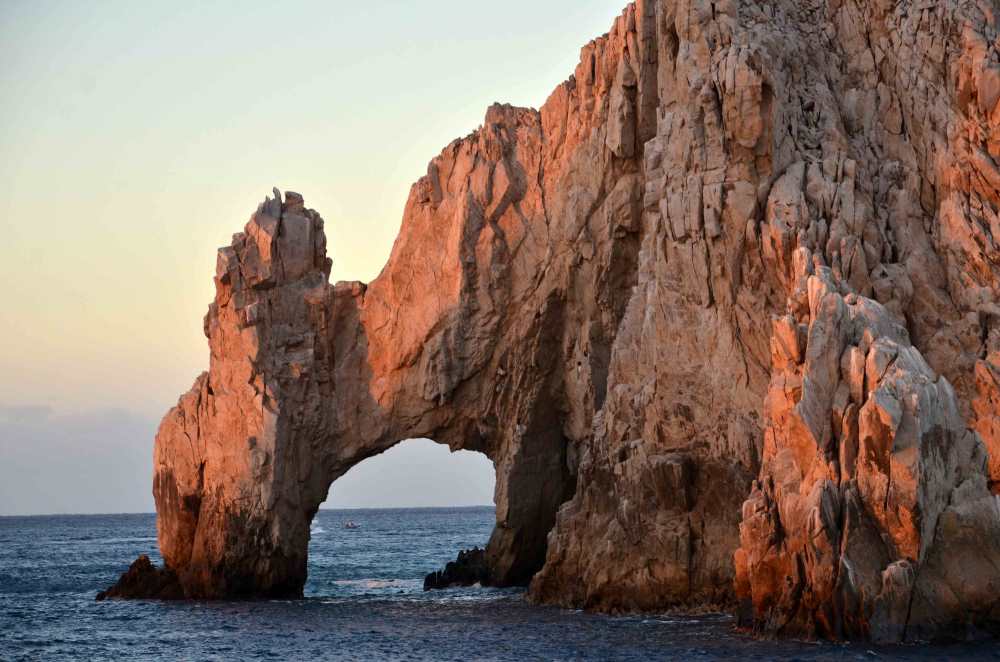A Brief Overview of Baja California Sur Evolution Since the 20th Century
Discover the evolution of Baja California Sur from the 20th century to the present day. Learn about its history, governance, population, and economic development. Explore its popular tourist destinations and thriving industries.





